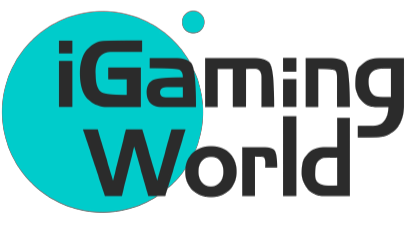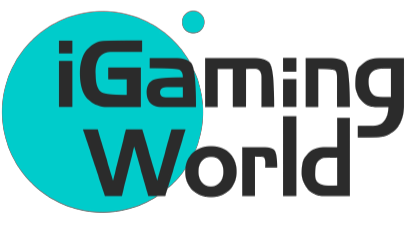A study commissioned by GambleAware found that “bright and loud” advertisements for gambling are attracting children, especially those with disabilities and special needs.
According to research, part of the problem is due to the “grey zone” that exists between gambling and gaming-like gambling.
Three groups were investigated. The research focused on three groups in particular: children younger than 11, young people affected by the gambling of others, and vulnerable children and youth.
A report was published by the National Institute of Standards and Technology on April 19, containing both methodology as well as findings.
Children from all the subgroups were interviewed. All the children in each subgroup said that they have seen online gambling advertisements. Children who were vulnerable could recall more advertising than other children.
The bright, eye-catching and loud gambling ads and their language attracted children and led them astray. The report states that vulnerable children, especially those with SEND, are at greatest risk. The report states that “vulnerable boys were the ones who remembered gambling advertisements and brands best.”
Differentiating gambling from gaming
It was revealed in the report that young people can’t tell the difference between gambling games and those with gambling features. The report gives as an example bright cartoons that “look similar to media designed specifically for children”.
A boy who has a number of vulnerable traits is quoted in the report as citing 888 Casino.
“… They make it look more like a gambling game.
The young tend to use traditional gambling examples, such as slot machines and the lottery. This definition is not in line with the way gambling is now done online, according to this report.
The grey area that exists between gambling online and gaming-like games is confusing for young people and children. It reads: “As well as parents and caregivers who are confused about what gambling is or isn’t.” This means that online gambling or gaming-like mechanisms do not carry the same risks as traditional gambling.
Gambling ads “saturated in children’s spaces” on the internet
The participants also said that they felt their online space was flooded with advertising and gambling-related content. Some participants revealed they were influenced by the gambling content that was promoted by footballers or influencers.
Some older children from the subgroup of vulnerable kids believed this content was something that should be controlled. Some said that it was their job to assess the risks.
Some of these schemes [to get rich quickly] are legitimate… It’s up to you whether or not you want to risk it. One boy, aged between 16 and 17, said that it was not the fault of the company but yours. One boy aged 16-17 suggested age verification or stopping the advertisement altogether.
The report’s final recommendations stated that gambling education for children should go beyond financial dangers.
The report recommends: “Children should be given more information about gambling and have conversations that go beyond financial losses.” There needs to be an awareness of the fact that online gambling and similar behaviours have changed.
Effectively educate on the subject of gambling
The conclusion noted, however, that the gambling education program should not be a source of fear.
It continues: “The risks associated with gambling must be explained in a manner that does not scare children and also acknowledges the fact that gambling may not always be harmful.” As we’ve seen, gambling in the media, culture, and advertising is not communicating the dangers to children.
Zoe Osmond is the CEO of GambleAware and she has called for greater restrictions to gambling advertisements so that they don’t reach children.
Osmond said that the research showed gambling is now a part of children’s daily lives. This is concerning as gambling exposure at an early age can lead to children becoming addicted to it.
We need more regulations on advertising gambling and its content so that it does not appear in places where kids can view it.
GambleAware released a report revealing that people seeking help for gambling-related harm from the National Gambling Support Network received treatment in an average of three and half days. GambleAware also announced this month that 100,000 people had used its self-assessment tools in the first year of its existence.



